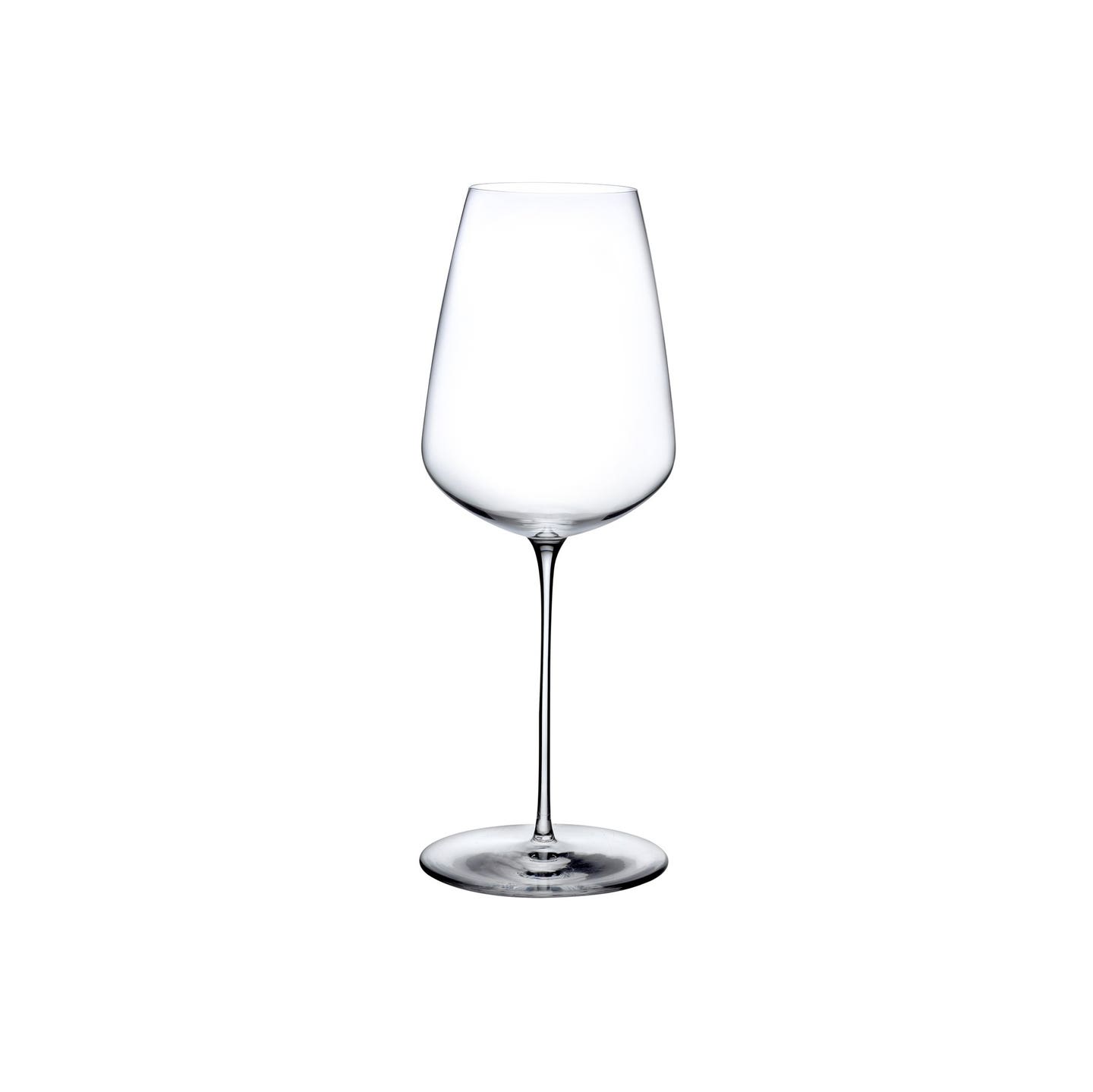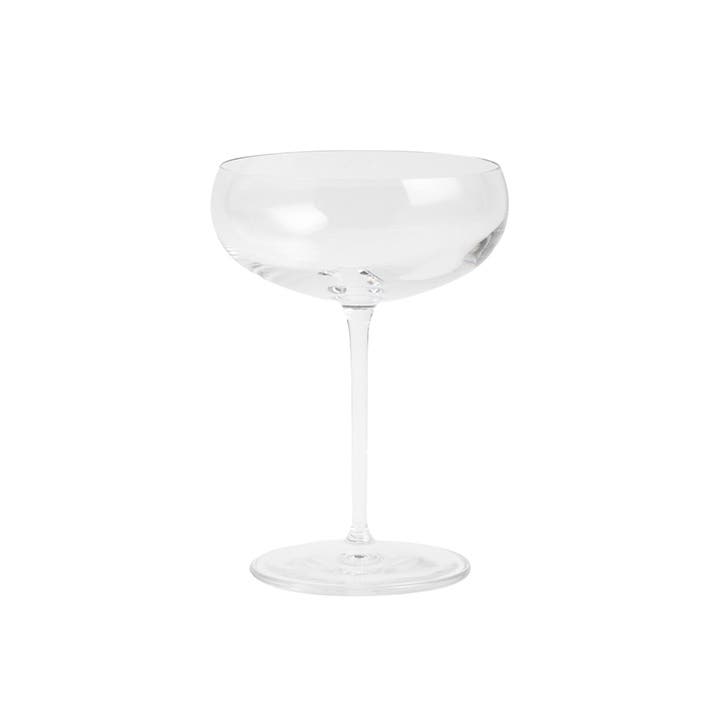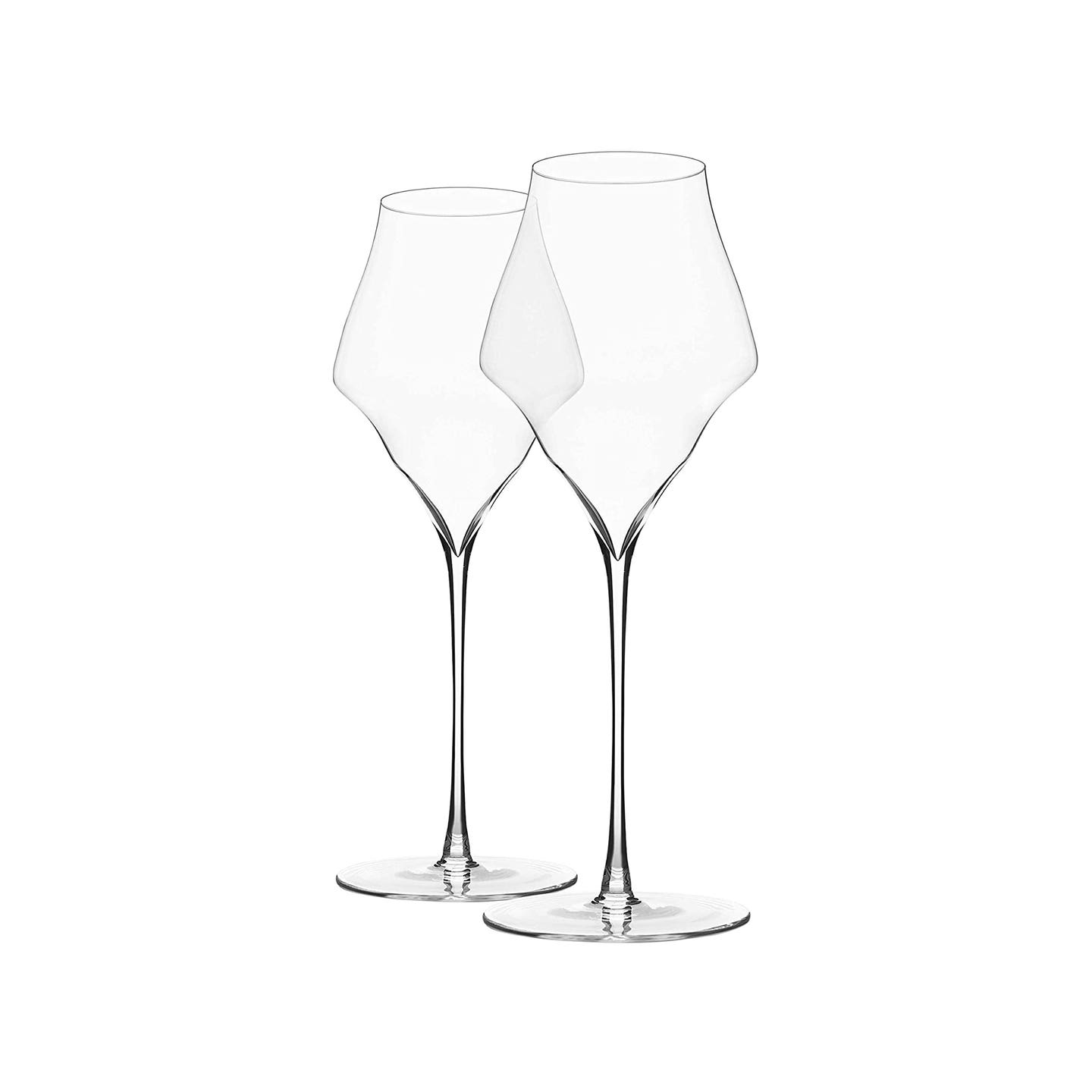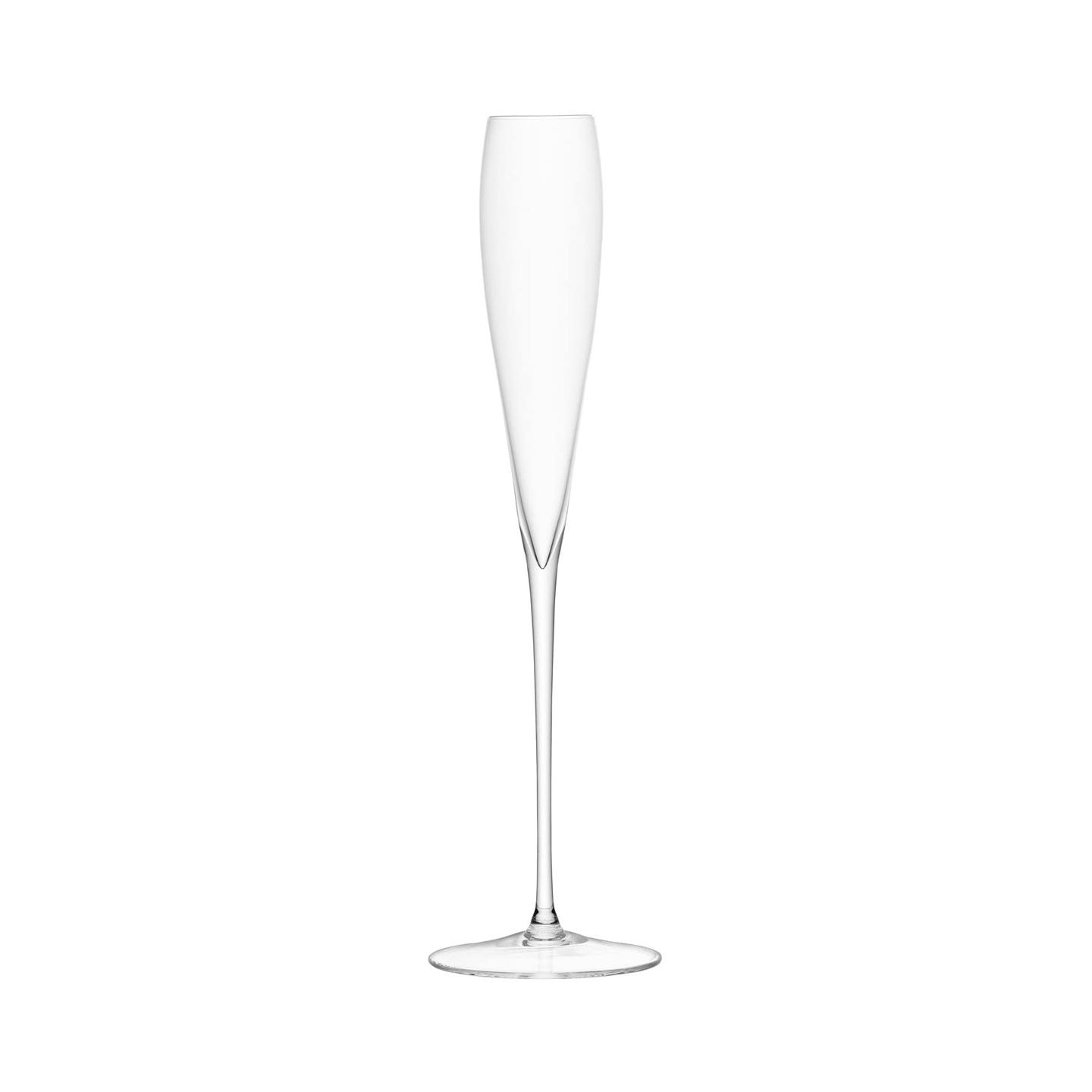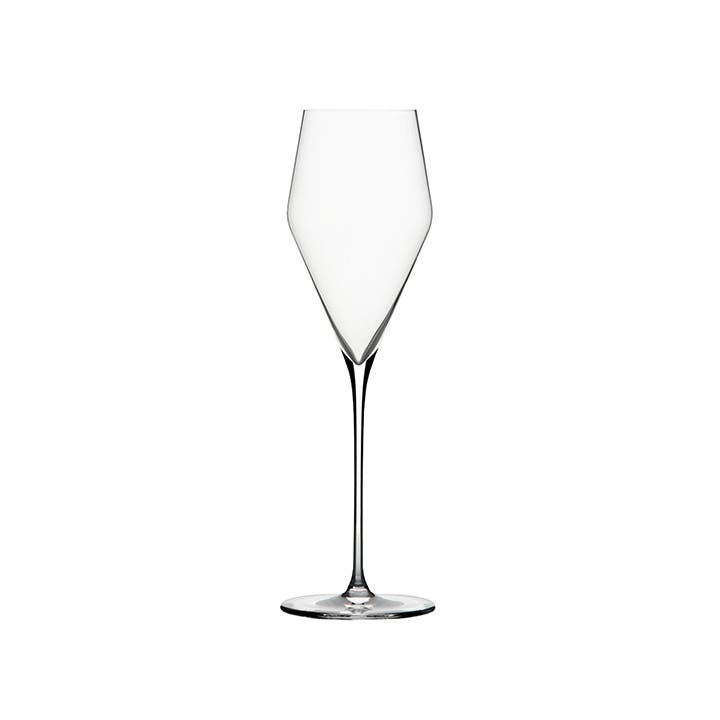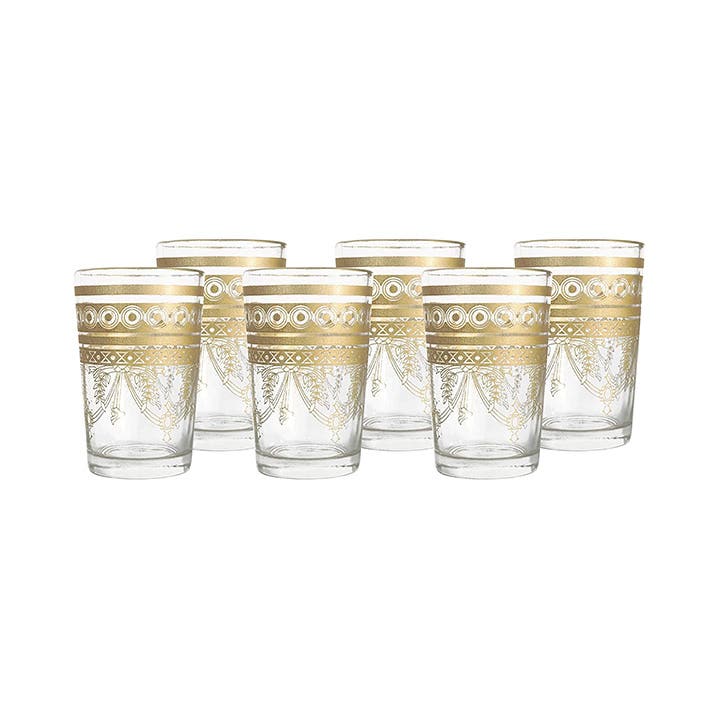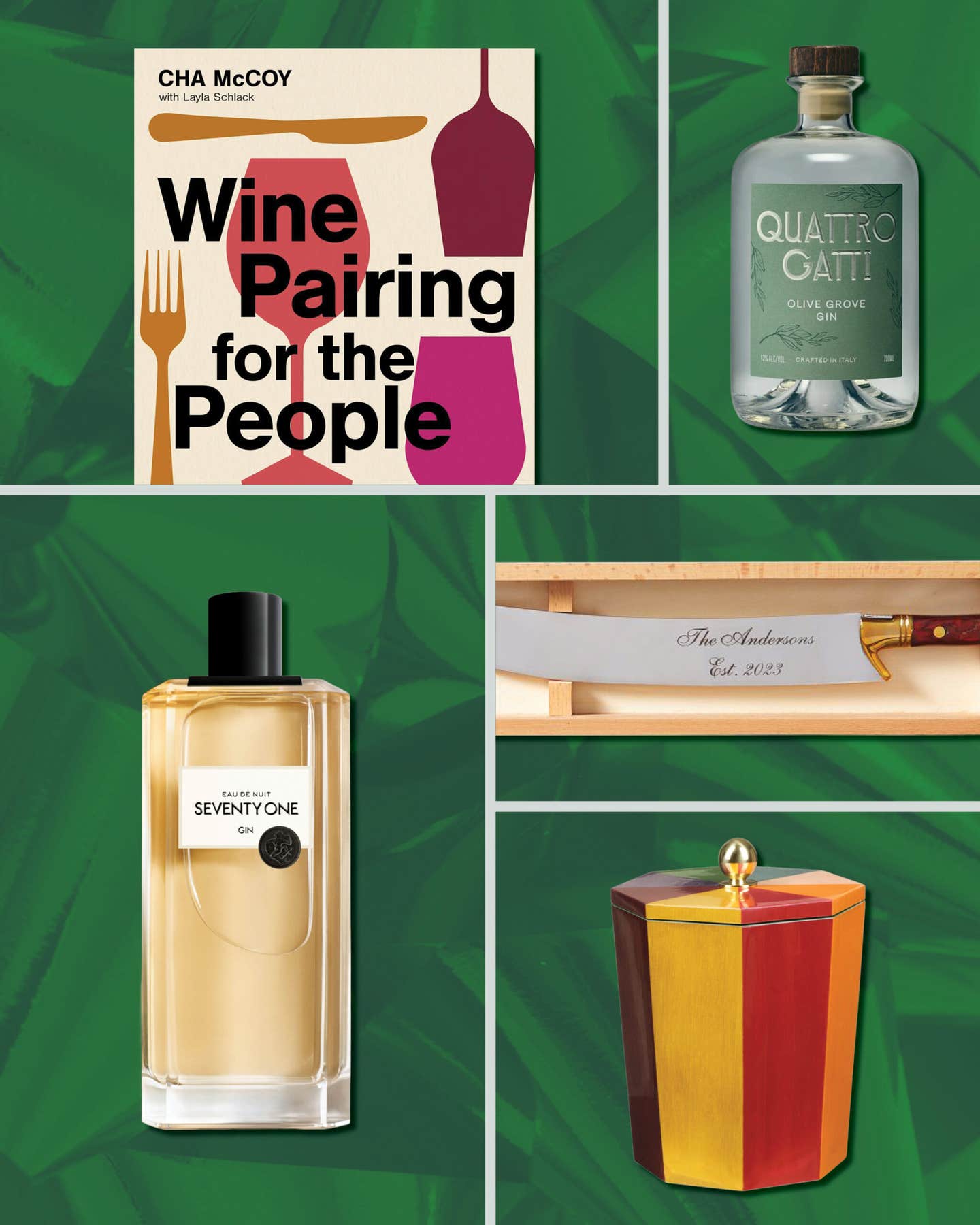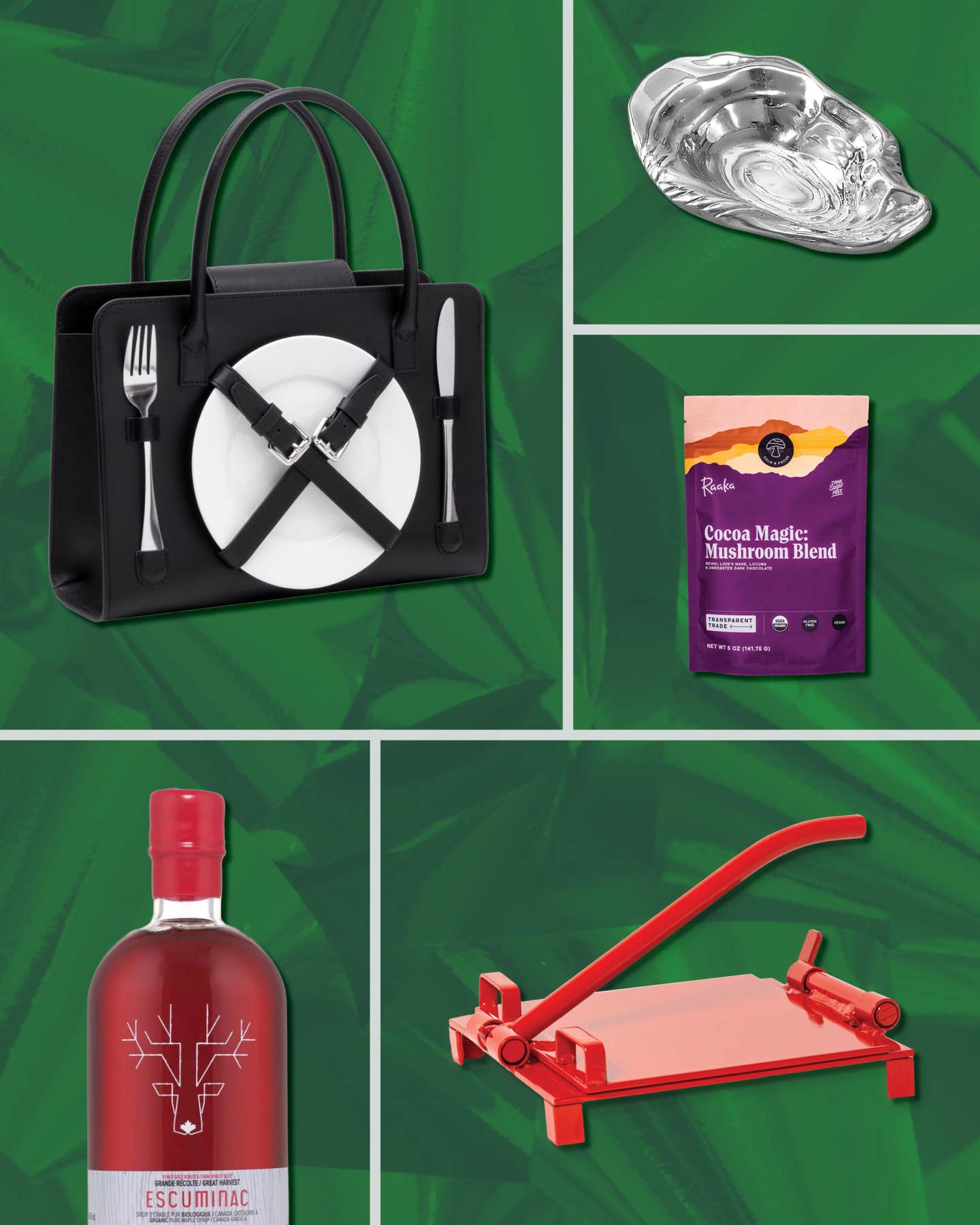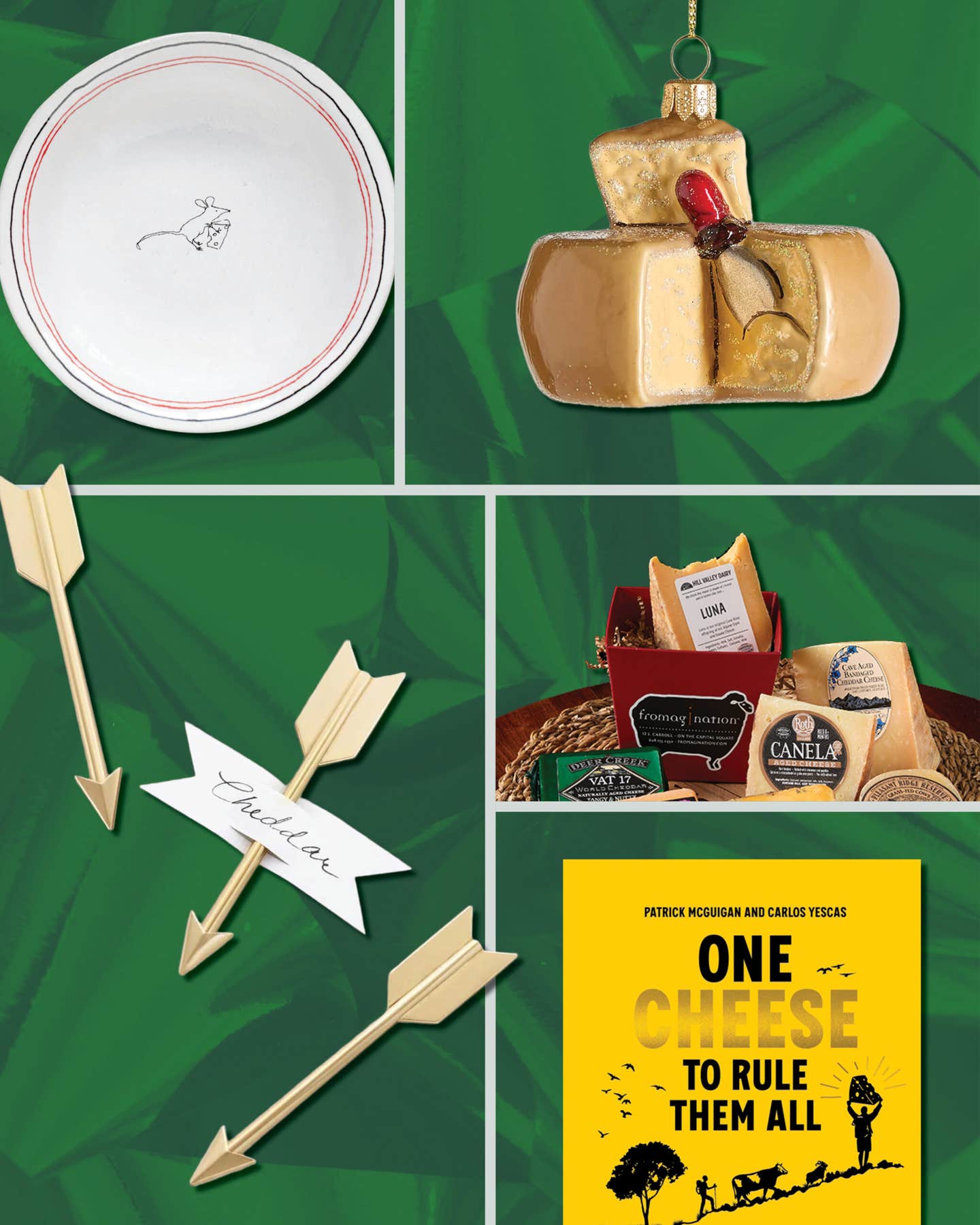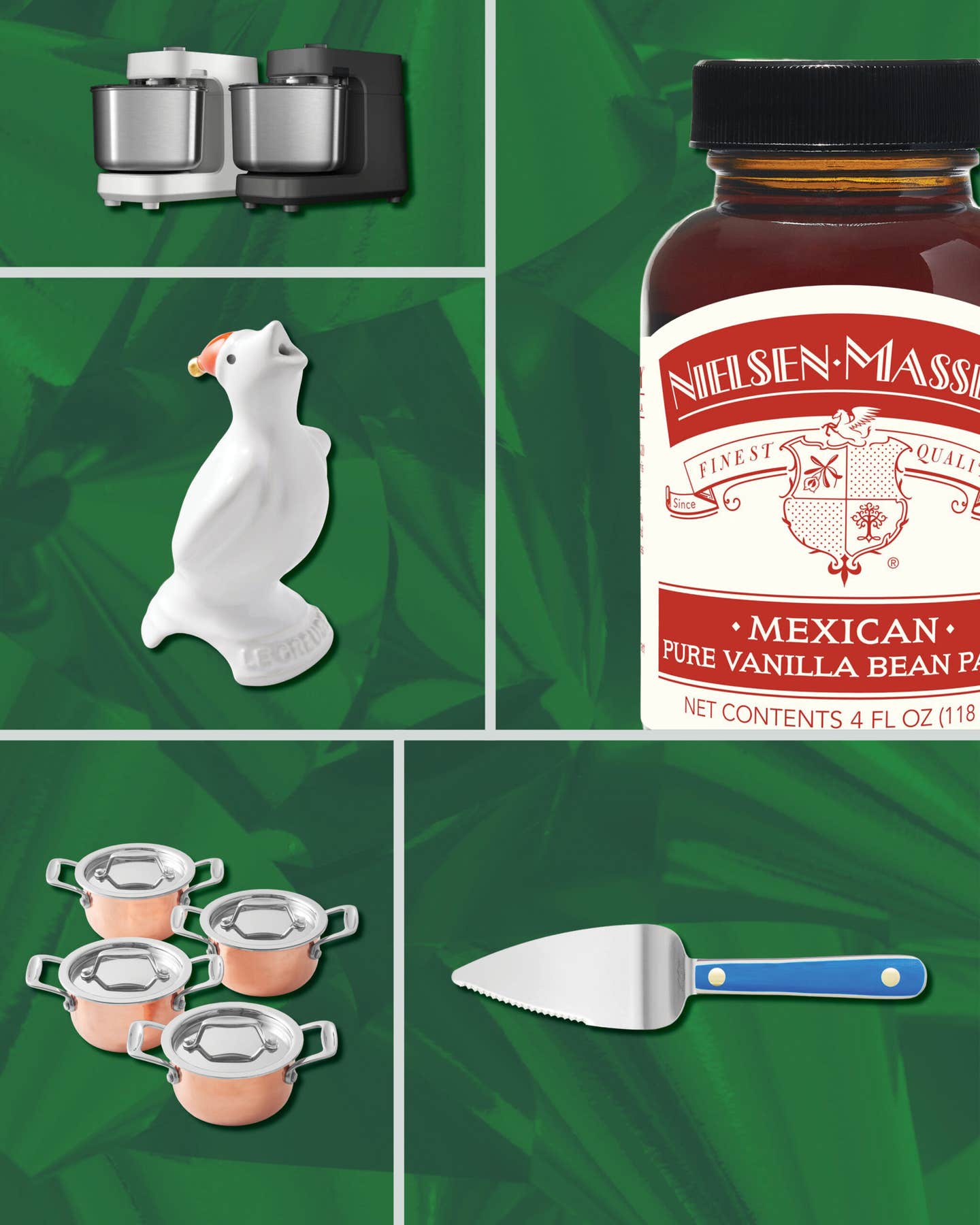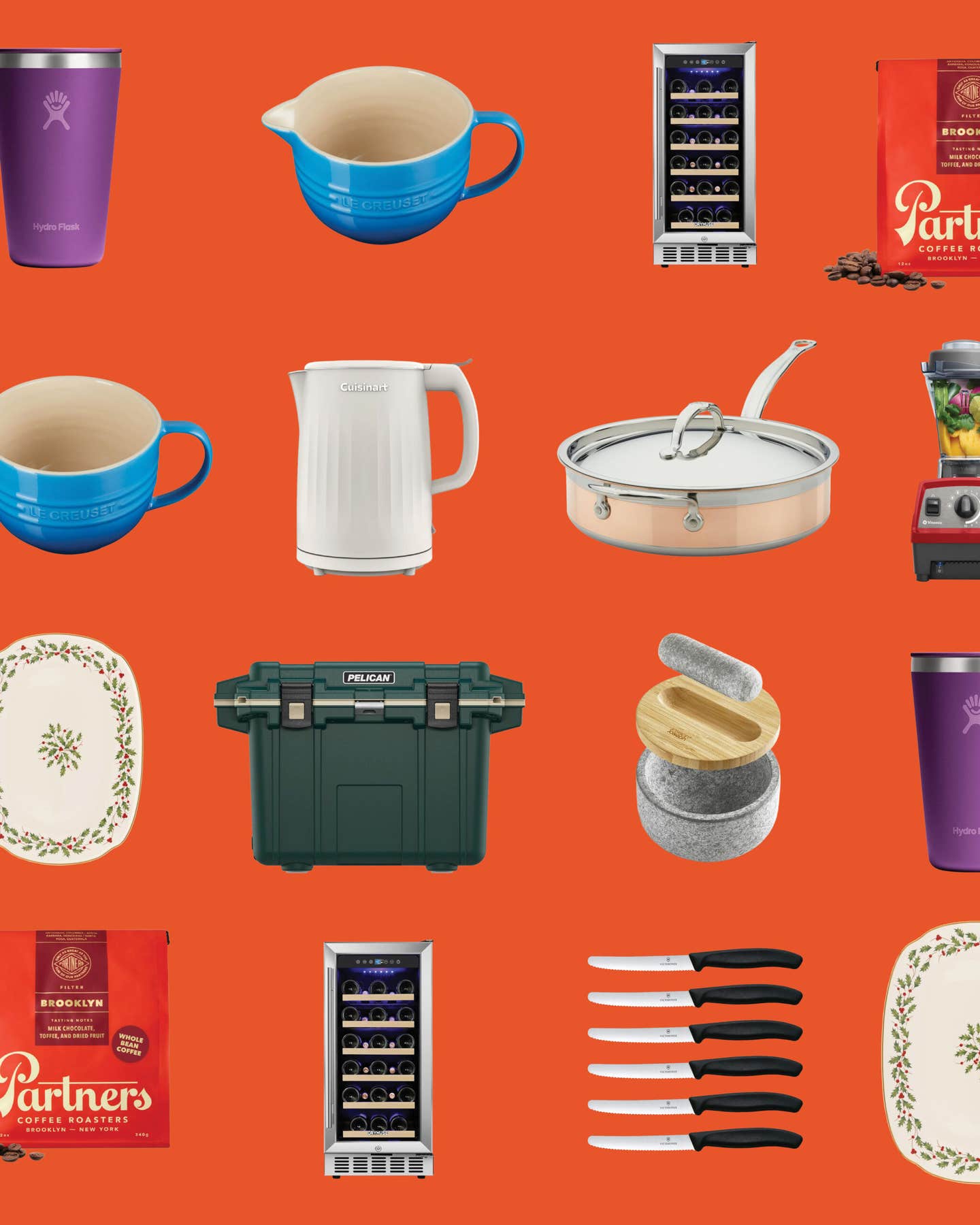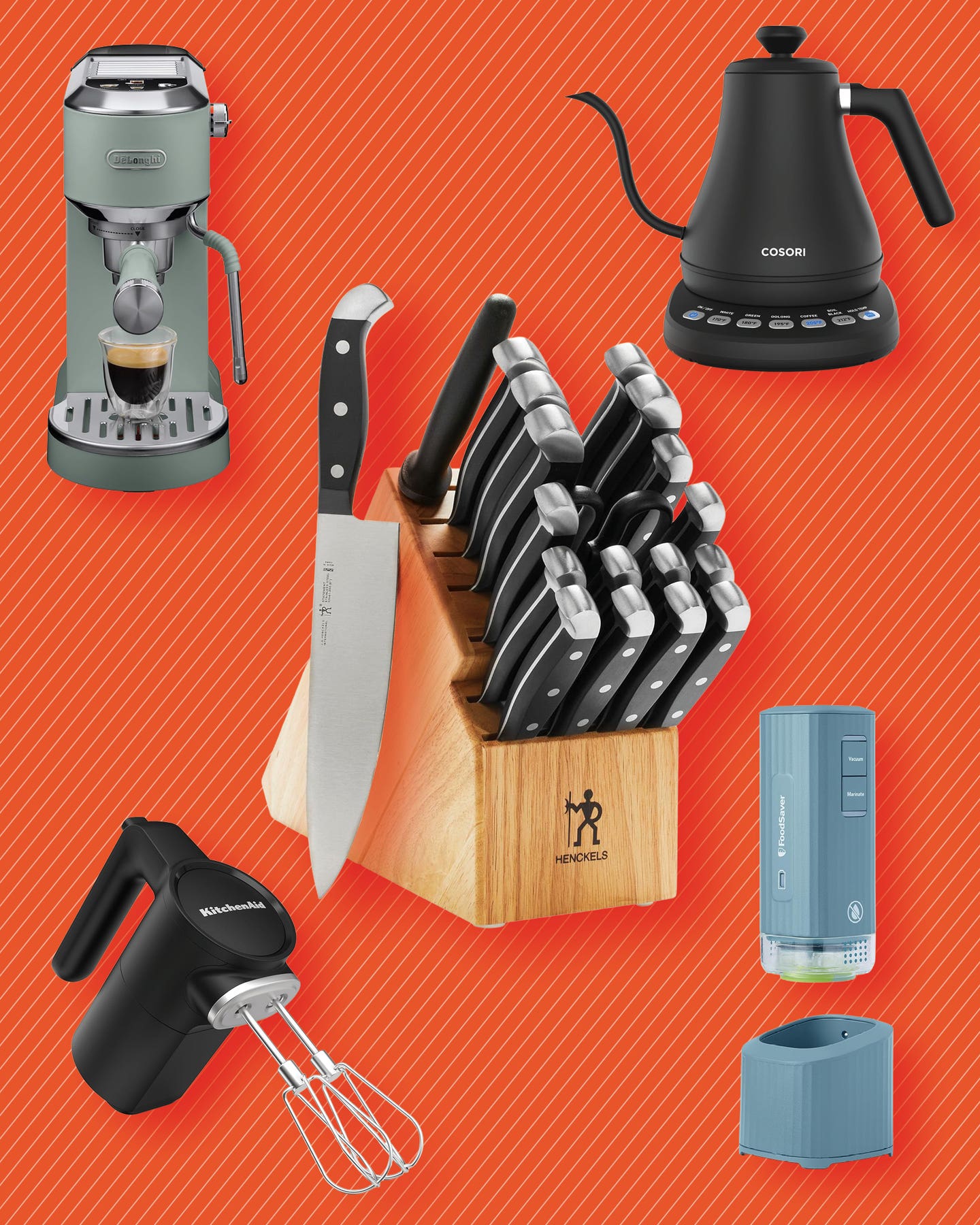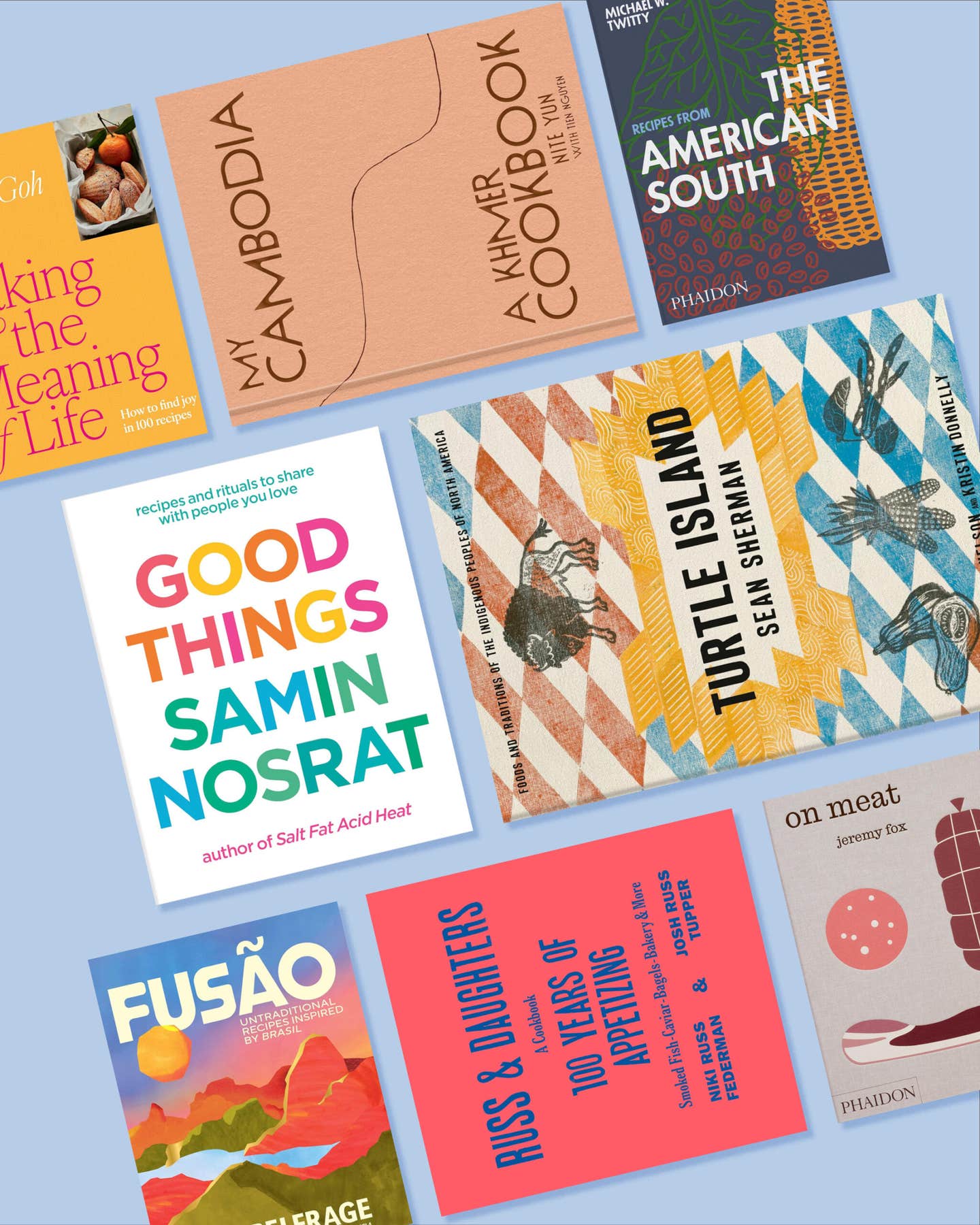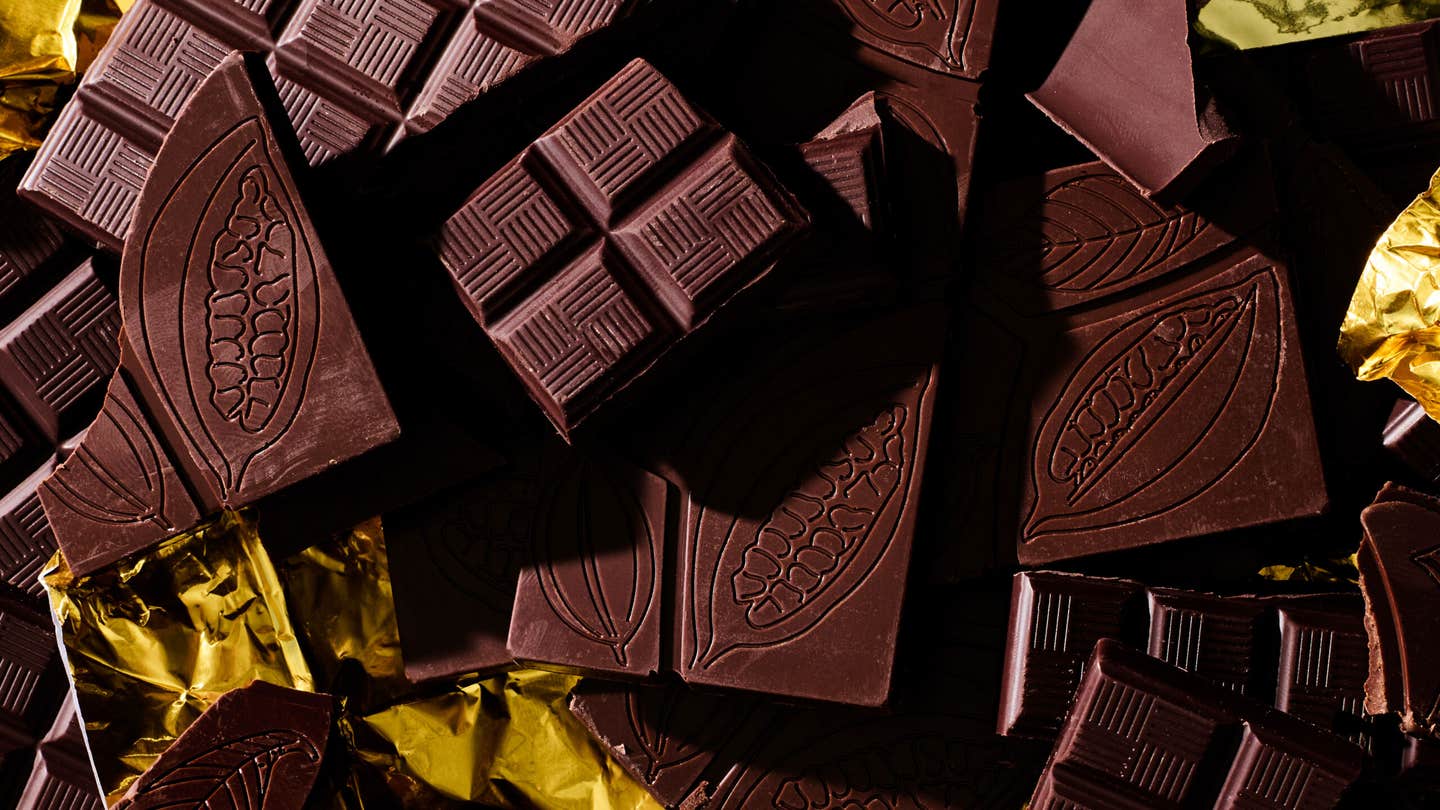Meet Your New Favorite Champagne Glasses
Two experts share the best stemware on the market.
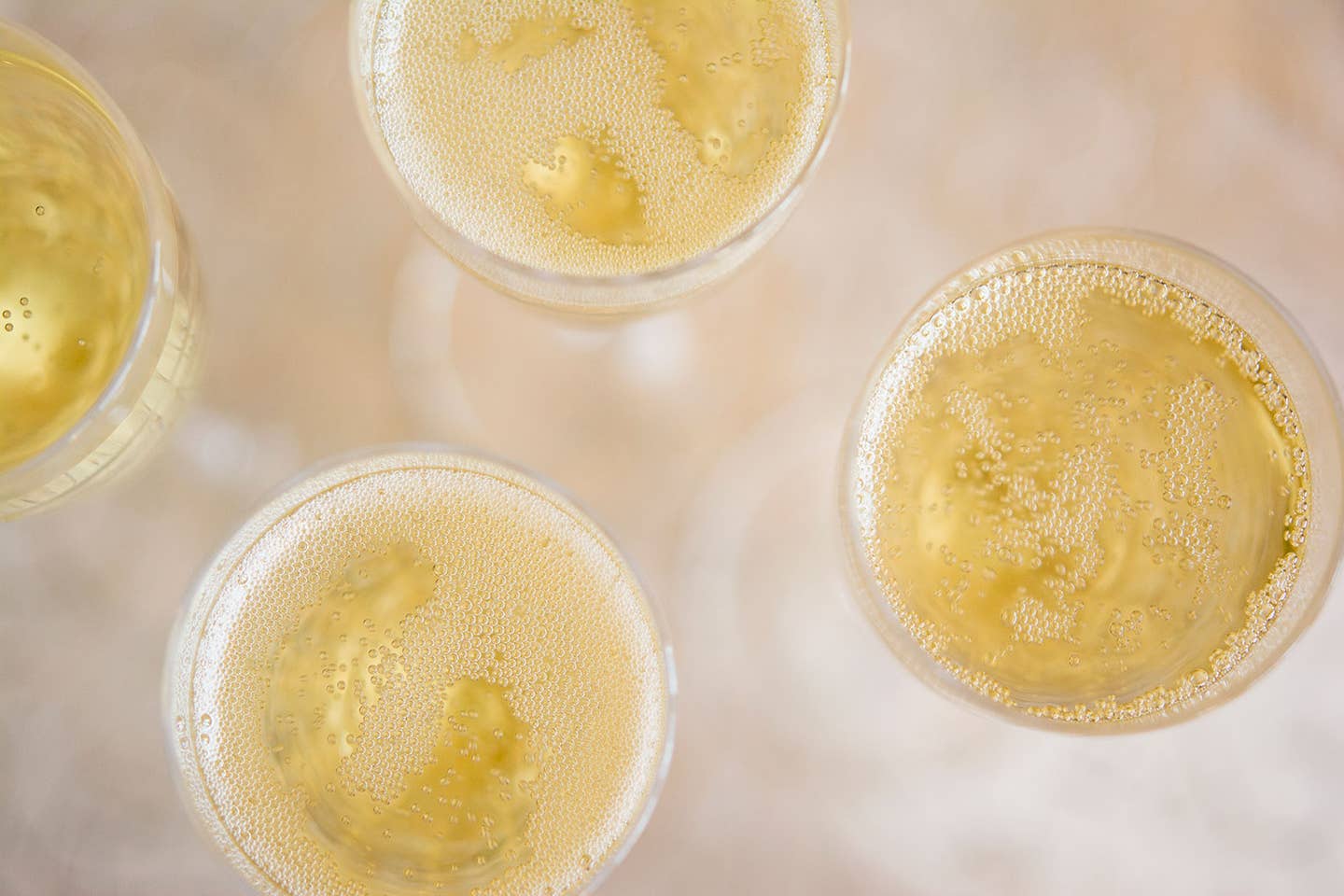
Drinking champagne is all about the art of celebration, and we’re not just talking special toasts. Throughout history, the iconic sparkling wine has primarily been reserved for select occasions, but the international wine community today is all about dedicating the same energy to honoring everyday experiences. Whether you’re clinking to something significant or feel like having bubbles with lunch on a Tuesday, breaking out the best champagne glasses can mean whatever you choose—what’s in the glass is worthy of celebration itself.
To make the most of your sipping regardless of scenario, we consulted two champagne experts on the basics of selecting the perfect glassware, and here’s what they had to say.
- Best Overall: NUDE Stem Zero Delicate White Wine Glass
- Best Value: Made In Coupe Glasses, Set of 4
- Best Design: Josephine No. 4 Champagne Glass
- Best Flute: LSA Champagne Flute, Set of 4
- Best Splurge: Zalto Denk’Art Champagne Glass
- Best Alternative: Nomad Treasure's Moroccan Tea Glasses, Set of 6
Features to Keep in Mind When Shopping for Champagne Glasses
Material
The ideal champagne vessel is generally made from glass in one form or another. Crystal, which is a specific type of glass, denotes a unique glass material that contains fortifying minerals such as lead, ultimately translating to a thinner and more durable wine glass. The thinner the wine glass the better, as any wine expert will tell you, because there’s that much less between your senses and the liquid inside.
Design
There are several primary champagne glass designs, including flutes, tulip glasses, coupes, and a more traditionally-shaped white wine glass. Flutes are usually slim and tapered and can be either stemmed or stemless, and are popular for casual at-home drinking as well as events (they take up significantly less space on a tray or table than other champagne glass styles). Coupes—essentially a saucer or shallow bowl on a stem—are more decorative than anything, as the wider surface area is not conducive to keeping an effervescent wine bubbly for long periods of time, nor does it do much for the collection of aromas. Tulip glasses (shaped, as you’d expect, like a tulip) are specially designed to optimize a sparkling wine’s aroma development and delivery, although some experts find that the more traditional-style white wine glass does an even better job of this. But, at the end of the day, it all comes down to personal preference.
Cleaning
Most non-crystal glass is non-porous and is thus dishwasher-safe. Some crystal wine glasses are safer to wash in the dishwasher than they are by hand, depending on how delicate they are, but you should always check the manufacturer’s instructions just to be safe.
Our Top Picks
Best Overall: NUDE Stem Zero Delicate White Wine Glass
Best Overall
Ludovic Du Plessis, President of the House of Telmont, makes the case for using a white wine glass when drinking finer champagnes. The glass shape, he explains, directly impacts how our senses perceive champagne, and that the lip diameter as well as the bowl's size and depth enhance the wine's surface area, bubble formation, and aeration. “We believe that the narrow shape of a champagne flute can constrain the surface over which the bubbles spread and limits the aromatic development," he says. "The lip of the glass should be slightly in-curving, like that of a tulip or white wine glass. This glass form slightly encloses the wine’s aromas and more effectively directs them toward the nose." These stunning ultra-lightweight, lead-free crystal white wine glasses by Turkish glassware brand NUDE are impressively durable, and can be used for a variety of different sparkling and still white wines.
Best Value: Made In Coupe Glasses, Set of 4
Best Value
Elegant coupe glasses are objectively fun to drink from, and they look great on a tablescape (and basically anywhere else). These newly-released glasses by Made In are the quintessential classic silhouette—they’re made in Italy, are dishwasher-safe, and feature a titanium-reinforced stem for extra durability. Use these for champagnes, desserts, cocktails, and more. The price per glass is significantly lower than comparable glasses from well-known brands, especially given Made In’s lifetime warranty on all products, so consider this set a veritable steal.
Best Design: Josephine No. 4 Champagne Glass
Best Design
Designed by sixth-generation glassmaker Kurt Josef Zalto—yes, that Zalto—the Josephinenhütte collection is the new obsession of sommeliers and other wine pros across the world. Featuring a distinctive curve on the lower half of the bowl, each mouth-blown Josephine glass is designed to intensify the nosing and tasting experience through increased surface area and unique upper walls that slope dramatically into a slightly fluted mouth. These glasses are gossamer thin and truly feel like a work of art in every sense.
Best Flute
“Although we prefer to use a wine glass for our tastings, a flute remains a fun and celebratory option,” says Du Plessis. “It’s very much also a question of personal preference. The narrow flute can still be used for other types of sparkling wine and champagnes as it does maintain the satisfying effervescence over a longer period.” These stunning flutes, by high-end glassware brand LSA, are the epitome of elegance and offer a 5.6-ounce capacity, perfect for those who prefer the appearance of a fuller glass without promoting overconsumption.
Best Splurge: Zalto Denk’Art Champagne Glass
Best Splurge
“When selecting el perfecto Champagne glass, I always go for the Zalto Denk'Art Champagne glass,” says Roberto Rivera, Wine Taster at 56 Degree Wine in Bernardsville, New Jersey. “This glass is the best, in my opinion, to enjoy champagne at its fullest—it's a hybrid between a wine glass and the classic champagne flute.” The Zalto Denk'Art's bowl is slightly wider than a flute, so, as Rivera puts it, you get to enjoy "all the aromas and sabores of an elegant champagne, and it keeps the bubbles fresh longer." This dishwasher-safe and break-resistant wine glass, Rivera adds, is perfect not only for toasting, but also for pairing with your favorite dessert (in his case, a tres leches cake). Pro tip: You’ll want to go with a sweeter wine—such as a demi-sec champagne—when pairing with an end-of-meal bite, as sugar in food tends to have a drying effect on any given wine. Contrary to popular belief, a wine should actually be sweeter than its accompanying dessert in order to achieve a balanced tasting experience.
Best Alternative: Nomad Treasure's Moroccan Tea Glasses, Set of 6
Best Alternative
While they might seem like an unexpected choice, many champagne professionals enjoy using a simple Moroccan-style tea glass for casual drinking. The reason? Because these glasses are so small, you’re constantly topping them off, meaning your pour will remain super fresh at all times. Another bonus: tea glasses are stackable and will save you tons of space in your glassware cabinet. Best of all, serving champagne in a non-traditional and informal glass serves as a great reminder that we don’t need an excuse to pour something that feels inherently celebratory.
Ask the Experts
Q: How should I clean champagne glasses?
“The upkeep of your champagne glasses is an important point to consider,” says Du Plessis. “We recommend that you use nothing more than hot water to clean your glasses. Dishwashing soaps can greatly diminish the tasting experience, impeding the development of both the effervescence and aromas of your champagne.” If your glasses are dishwasher-safe, you can always go this route, but know that the detergent might create the same problem, Du Plessis notes.
Q: What is the difference between a champagne glass and a wine glass?
Technically, any glass you drink wine from can be considered a wine glass, but not every wine glass is champagne-specific. Again, there are several go-to styles when it comes to champagne glasses, but it all comes down to your personal preference.
Q: Should I decant my Champagne?
Most wine experts will say no, but Du Plessis offers another perspective: “The aeration [can] reveal the aromatic complexity of the wine. A young champagne can take on its effervescence with great exuberance, camouflaging the amplitude of the cuvée—decanting the latter will bring finesse to its bubbles, thus revealing the entire aromatic palette of the wine. Some more vinous champagnes readily welcome aeration. Decanting will bring balance, finesse, and harmony to the chosen champagne.”
Our Take
Champagne can be sipped on any occasion, special or not, and the glassware you choose for the experience is entirely up to you. There are several determining factors that can help you narrow down your choices—for example, if you’re hosting a glam party with limited guests, you can certainly get away with using coupes. But if it’s a larger event, flutes might be a more suitable alternative. For tasting finer champagnes in any setting, you’ll want to go with a more intentional silhouette, such as those recommended by Du Plessis and Rivera.
Keep Reading
Continue to Next Story
